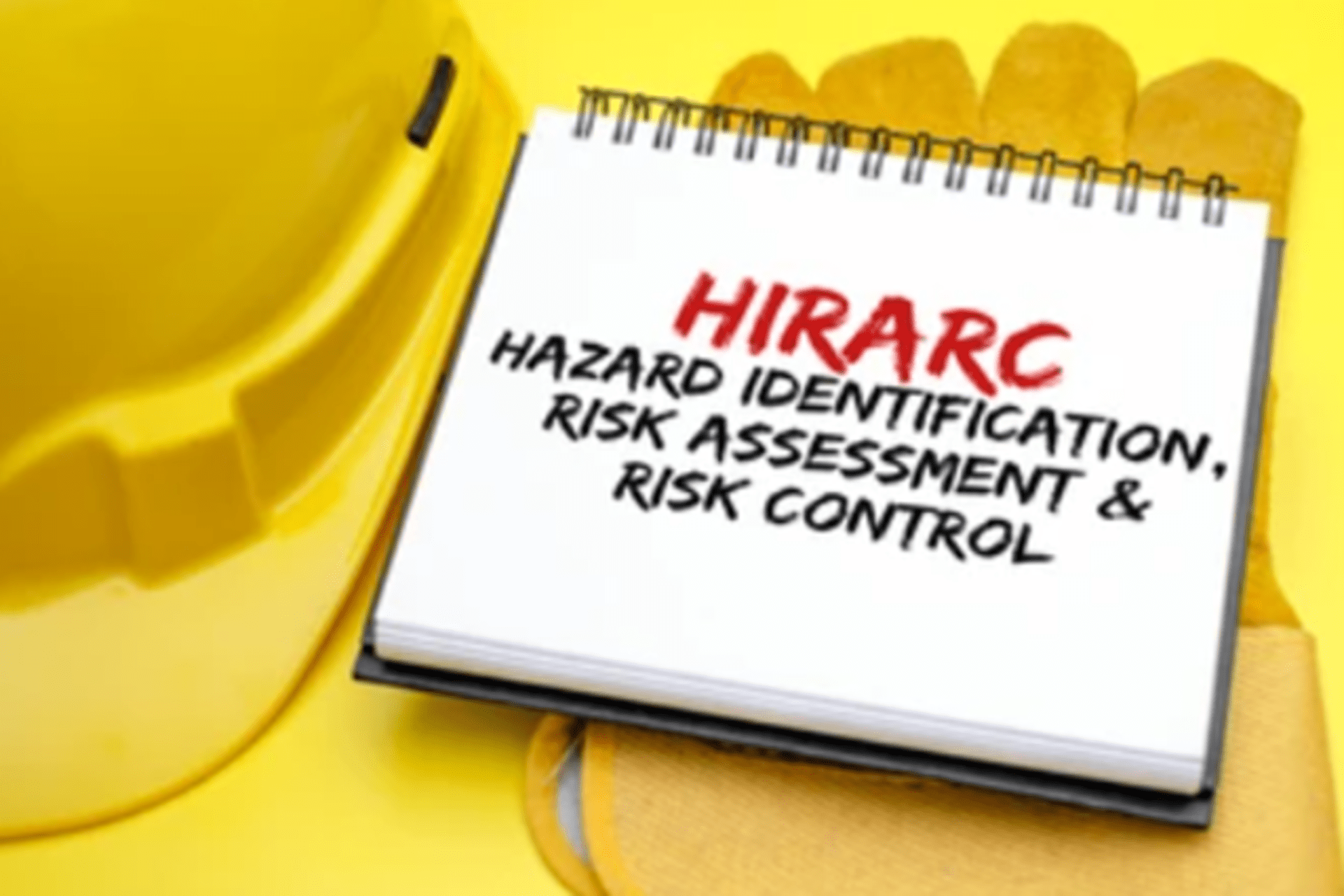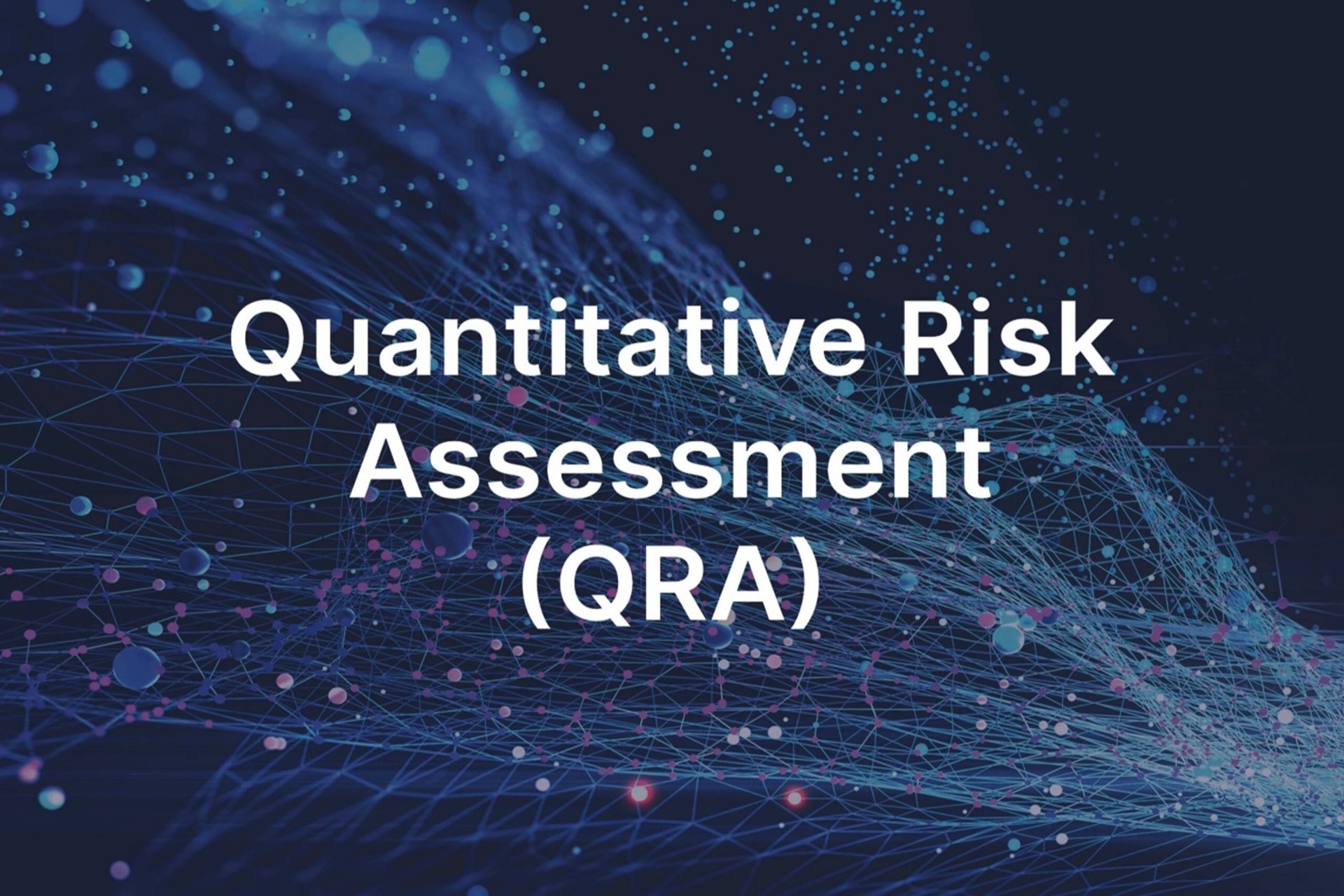
FAQ- HAZARD IDENTIFICATION, RISK ASSESSMENT, AND RISK CONTROL (HIRARC)
The primary goal of Hazard Identification, Risk Assessment, and Risk Control (HIRARC) is to proactively detect potential hazards in a workplace or environment, evaluate the related risks, and apply control measures to reduce or eliminate those risks.

FAQ- FIRE PROTECTION AND SAFETY DESIGN (FPSD
The objective of fire protection and safety design (FPSD) is to minimize fire risks by preventing fires, detecting them early, effectively suppressing them, ensuring safe evacuation, maintaining structural integrity, and complying with regulations to protect lives and property.

FAQ- FIRE SAFETY RISK ASSESSMENT (FSRA)
The objective of a Fire Safety Risk Assessment is to systematically identify potential fire hazards, assess the associated risks, and implement measures to reduce the likelihood of fires. This process aims to minimize the impact on people, property, and the environment.

FAQ- QUANTITATIVE RISK ASSESSMENT (QRA)
QRA is a systematic technique used to calculate risks from hazardous events. It predicts the consequences of a hazard and the expected frequency of its occurrence. These factors are combined to obtain numerical risk values, often focusing on the risk of fatality. QRA assesses all identified hazardous events, often grouping similar events as representative or bounding scenarios to quantify overall risk levels.

METHODOLOGY FOR QRA STUDY
QRA is a technique used to systematically calculate the risks from hazardous events. It involves predicting the size of consequences associated with a hazard, and the frequency at which a release of the hazard may be expected to occur. These aspects are then combined in order to obtain numerical values for risk – usually risk of fatality. QRA includes consideration of all identified hazardous events in order to quantify the overall risk levels. Similar hazardous events are often grouped and assessed together as bounding or representative events
METHODOLOGY FOR FIRE SAFETY RISK ASSESSMENT (FSRA)
The objective of a fire risk assessment is to systematically identify potential fire hazards, evaluate the associated risks, and implement measures to reduce the likelihood of fires occurring and minimize their impact on people, property, and the environment.




